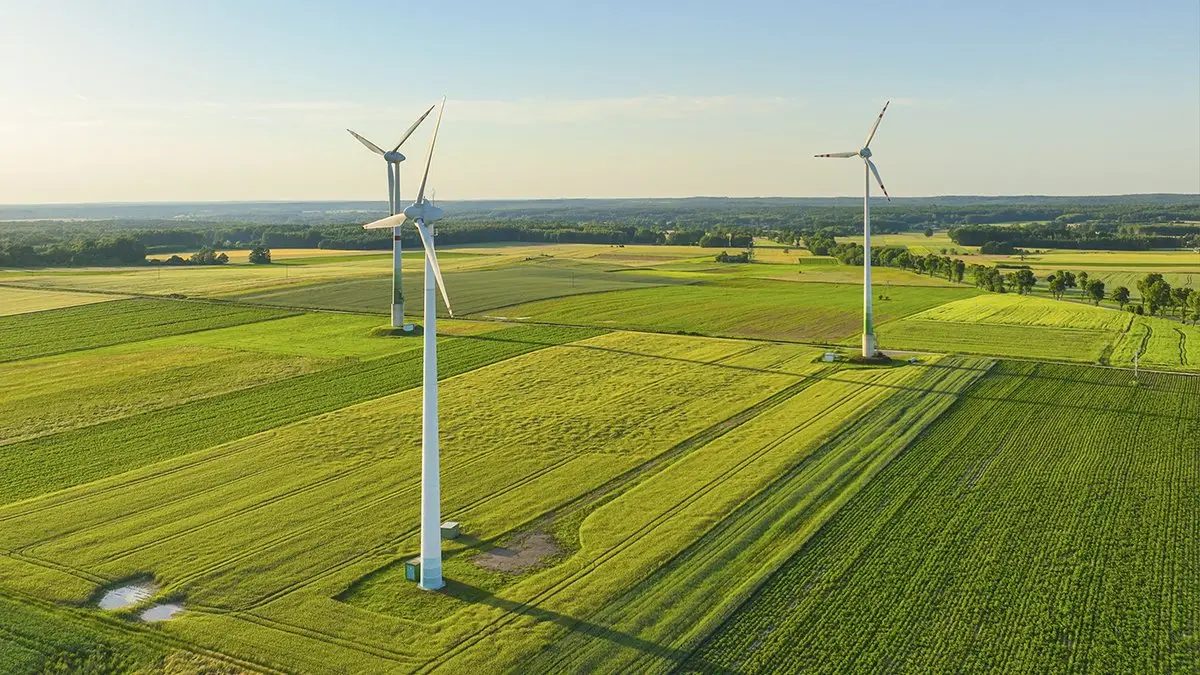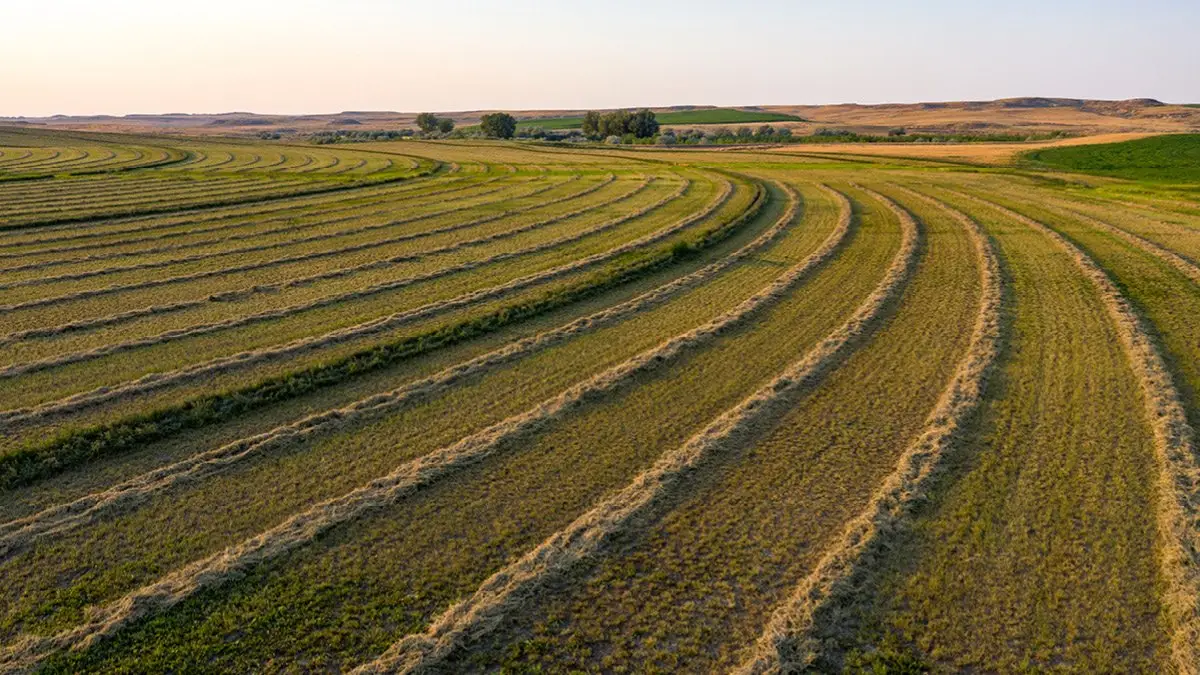California’s Deadliest Fires Could Have Been Mitigated By Prevention
Some of the needed prescribed burns in Southern California’s coastal chaparral and grasslands have been deterred by environmental lawsuits and air quality concerns.
The federal government controls 46 percent of California’s land, much of it managed by the U.S. Forest Service. In the three decades before 1990, foresters harvested 10-12 billion board feet of timber from national forests every year. By 2013, restrictive environmental policies cut that to 2.5 billion. While the harvest declined, so too did tree thinning and the clearing of brush and diseased trees. The Trump administration is reversing that trend with the biggest harvest of trees on federal land in 20 years, selling 3.4 billion board feet on some 3 million acres—still just a third of the typical pre-1990 harvest.
Harvesting trees on public land is controversial but helps pay for needed brush clearing. Many environmental groups vigorously oppose both. But fighting the larger, hotter fires that result without active forest management is even more costly and threatens lives. Read More
Seventeen Bankers Talk Farmland Values, Challenges, Opportunities
Ag lenders in the Kansas City District, which includes Nebraska, Kansas, Oklahoma, Colorado, Wyoming, northern New Mexico and western Missouri, report more operators plan to sell mid- to long-term assets compared to a year ago.
Even with continued financial strain for farmers, farmland values have remained stable. When comparing third quarter 2018 versus third quarter 2017:
- Non-irrigated cropland declined 1.6%
- Irrigated cropland declined 2.2%
- Ranchland increased 2.4%
The Great Plains bankers expect farm income and reduced liquidity could weigh on farmland values in future quarters. Read More
The economy of soil testing
Soil testing is a valuable tool in a grower's toolbox. Whether self-testing or contracting it out, though an added production cost, not testing is like dropping money in a slot machine and hoping for the best.
"Understanding your soil, the fertility profile in your field, is the right place to start in planting a successful crop whether you're growing cotton, wheat, grain sorghum or forage like alfalfa, or any other production crop," says Dr. Calvin Trostle, agronomist and extension specialist at the Department of Crop Sciences, Texas A&M University. "Soil testing leads to better understanding of the soil and what deficiencies might exist. But it can perhaps offer more benefits than most farmers realize." Read More
Tractor maker Deere aims to ride green revolution in Africa
U.S. Deere & Co expects to see demand for its farm equipment in Africa grow 8 to 10 percent annually in the coming years, driven by expansion in key markets like Ethiopia and Zimbabwe, a local company executive said.
Farming accounts for around 60 percent of total employment in Africa, according to the World Bank. In Ethiopia, Malawi, Mozambique, Tanzania, Uganda and Zambia, food production is projected to add more jobs than the rest of the economy combined through 2025. Read More
The Woolsey fire nearly destroys Malibu’s wine country
The latest maps of the Woolsey Fire, the conflagration that has devastated Malibu and the Santa Monica Mountains, shows that the blaze covered nearly half of the Malibu Cost viticultural area (or, in winespeak, the AVA, which stands for American Viticultural Area demarcates a recognized wine growing region). At 45,000 acres, this is a vast stretch of land, but overlaid on the map, it looks as if the fire zone has ripped its heard out.
Little more than 200 acres is planted in the area, but the damage to existing property was catastrophic, gutting the AVA after a half-dozen years of unprecedented growth as a local wine-country destination and crippling the region’s wine identify before it had a chance to mature. Read More
What happens when the world’s two biggest economies turn on each other
America and China, the world’s two largest economies, may soon be in a trade war.
Leaders form the two nations have announced tariffs on each other. But the real fear among businesses, investors and lawmakers: Escalation.
This could just be the beginning – “the first of many” trade actions, as President Trump put it Thursday.
Trump announced plans Thursday to impose tariffs of 25% on $50 billion of Chinese exports. On Friday, Trump’s global tariffs on steel and aluminum, which includes China, went into effect. Responding to those two latter tariffs, China said it would impose tariffs on $3 billion of US exports to China. Read More







